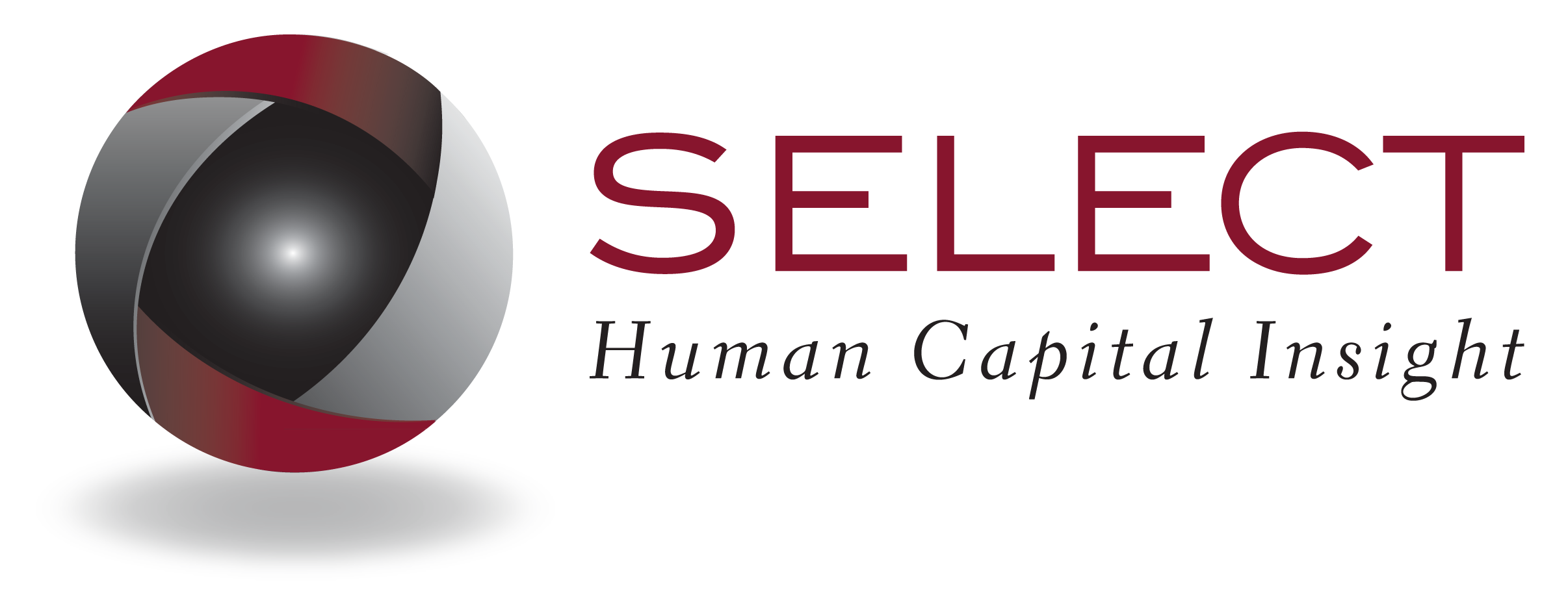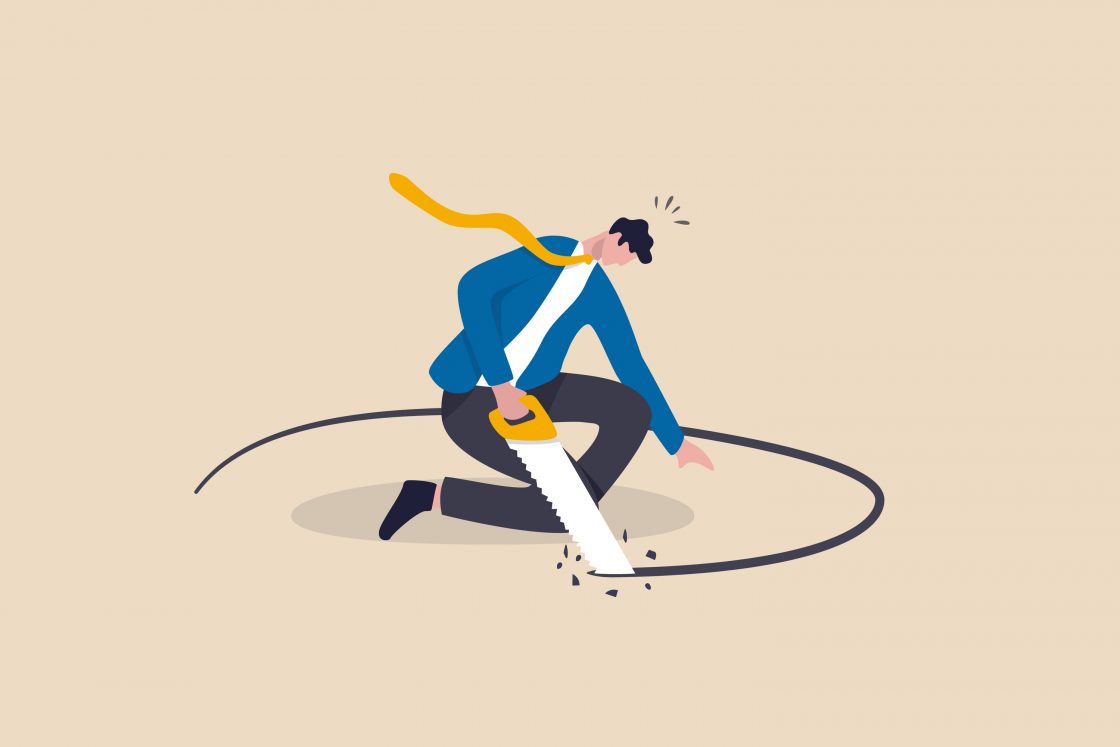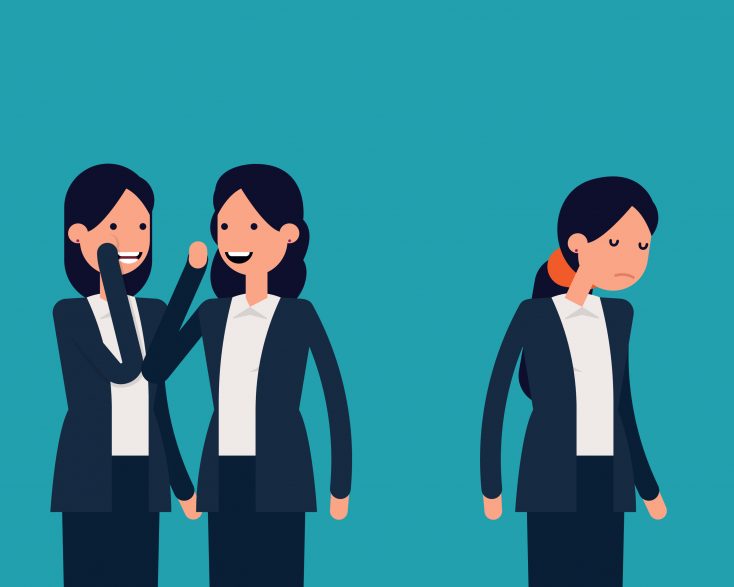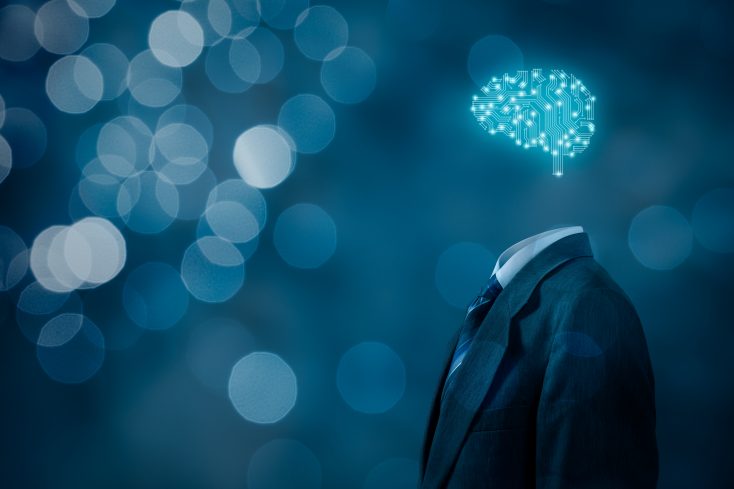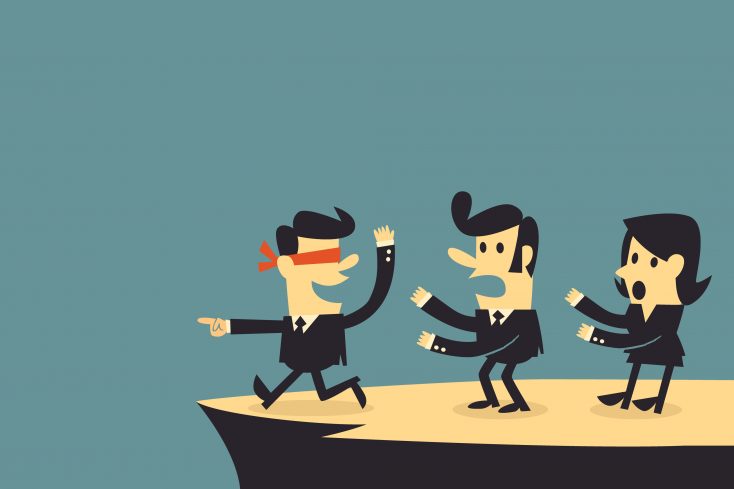We’ve all witnessed it: smart people like executives, doctors, and leaders making bad decisions – some of which were catastrophic.
The Space Shuttle Challenger explosion in 1986 is one tragic example. Official investigations concluded that, due to pressure to launch on schedule, NASA and other experts overlooked the dangers of launching the space shuttle in cold weather.
In more recent years, companies like Netflix, Disney, and Twitter have lost billions of dollars over decisions related to political activism. Currently, we’re all struggling with decisions related to COVID vaccinations and mandates as questions emerge about their longer-term efficacy, impact, and safety.
Perhaps you can even recall an instance when you made a bad decision that seemed right at the time, but in hindsight, you’re left wondering how you could have made such a mistake!
So why does this happen? How can a smart person make a bad decision? As a Business Psychologist, I’ve looked deeply into this question and believe the short answer is: in certain circumstances, primitive parts of the brain hijack decision-making.
From an evolutionary perspective, the human brain consists of “old” and “new” brain sections. The old brain is primitive, wired to meet basic survival needs. It regulates biological functions such as eating and sleeping, emotions like fear, and behaviors like the “fight-or-flight” response. In comparison, the new brain developed later, over millions of years of evolution. It’s wired for higher-level mental functions like reasoning, reflecting, and deciding.
However, the new brain’s higher-level mental functions rely on information supplied by the old brain. For example, information from our senses (except for smell/olfaction) is subconsciously processed by a structure in the old brain called the thalamus before going to areas of the cerebral cortex (new brain) for us to consciously think about. In other words, the thalamus acts as a gatekeeper, regulating what our new brain sees, hears, and feels (Torrico & Munakomi, 2021). This occurs because the brain doesn’t have the capacity to process everything happening in the world. So, the brain has to be selective in its attention – focusing on what’s most important (like survival). In this way, the primitive old brain can influence what we perceive in the world around us, and the decisions we make accordingly, without us even realizing it!
A simple example is going grocery shopping while hungry. Many have learned that it’s unwise to shop for food while hungry because they end-up buying things they later regret when no longer hungry – like the biggest bag of chips at the market. Presumably, hunger causes the old brain’s survival instinct to takeover and amplify the information from the senses it sends to the new brain about high-calorie food. As a result, the conscious mind suddenly “notices” the big bag of chips on the market shelf and decides to buy them. In contrast, when not hungry, the old brain doesn’t take over, and the conscious mind overlooks the chips.
Hunger (or the need for sustenance) is just one biological need of several that can hijack decision-making. Other biological needs include a hospitable environment, reproduction, and physical safety. For example, research (Jackson & Cormack, 2007) has found that people tend to perceive the same vertical distance as being farther when looking down when compared to looking up – like looking down from the top of a tall building seems farther than looking up from the bottom. Presumably, the old brain amplifies how downward distances are perceived to protect from falls – and this survival mechanism happens outside of conscious awareness.
However, while these basic biological survival needs can impact decisions that are more complicated than buying a bag of chips (e.g., don’t take a test while hungry), at face value they don’t seem to readily apply to very complex decisions – like when to launch the Space Shuttle Challenger. That’s because our biological needs can manifest differently in modern society. For example, the biological need for sustenance (e.g., food) becomes the need for money in society (to buy food). Similarly, the need for a hospitable environment becomes the need for a home, reproduction becomes a need for attractiveness (as society defines it), and physical safety becomes a need for social safety (e.g., healthcare, police, community).
Similarly, I posit that the primitive parts of the brain react to societal needs as if they were biological needs (and they sometimes overlap). Losing a job is an example; while a job is a societal manifestation, losing it can result in no income for biological needs like food and shelter – unemployment can even impact the ability to support children (reproduction). Thus, when a decision could result in job loss, the old brain may be triggered to step-in and sway decision-making in ways that will maintain employment (survival), rather than allowing the new brain to make the most objective or well-reasoned decision.
With the above in mind, it’s understandable how the pressure to launch on schedule could result in even the most brilliant NASA experts overlooking the dangers of launching in cold weather. If the pressure was perceived as a survival threat (missing deadline = job loss), the old brain could have kept information about the severity of launch dangers from reaching the experts’ new brain – without them even being aware of it.
Yet, it’s obvious that this “hijacking” of decision-making doesn’t happen to everyone, or at least not to the same degree. There are people who don’t buy the bag of chips when hungry, just like there were some experts who cautioned against launching the Space Shuttle Challenger. This suggests that some people are more resilient to “hijacked” decision-making than others – thus, I call it: having decision resilience.
In terms of a more formal definition, decision resilience describes how much a person’s decision-making can be swayed by innate drives to satisfy biological and societal needs. Higher decision resilience suggests lower susceptibility to decision-sway, and conversely, lower decision resilience suggests higher susceptibility to decision-sway.
At this point, you may be wondering how resilient your decision-making is. And for practical purposes, like identifying leaders who will make the best decisions, is there a way to measure decision resilience? Yes, there is – I’ve developed an assessment called The Decision Resilience Instrument (DRI). It’s administered online, and takes about 25-minutes to complete.
If you’re interested in the Decision Resilience Instrument (DRI), please email me, Dr. Gary Dumais, Psy.D., SPHR at garydumais@gmail.com
References:
Jackson, R. E., & Cormack, L. K. (2007). Evolved navigation theory and the descent illusion. Perception & psychophysics, 69(3), 353–362.
Torrico, T. J., & Munakomi, S. (2021). Neuroanatomy, Thalamus. In StatPearls. StatPearls Publishing.
